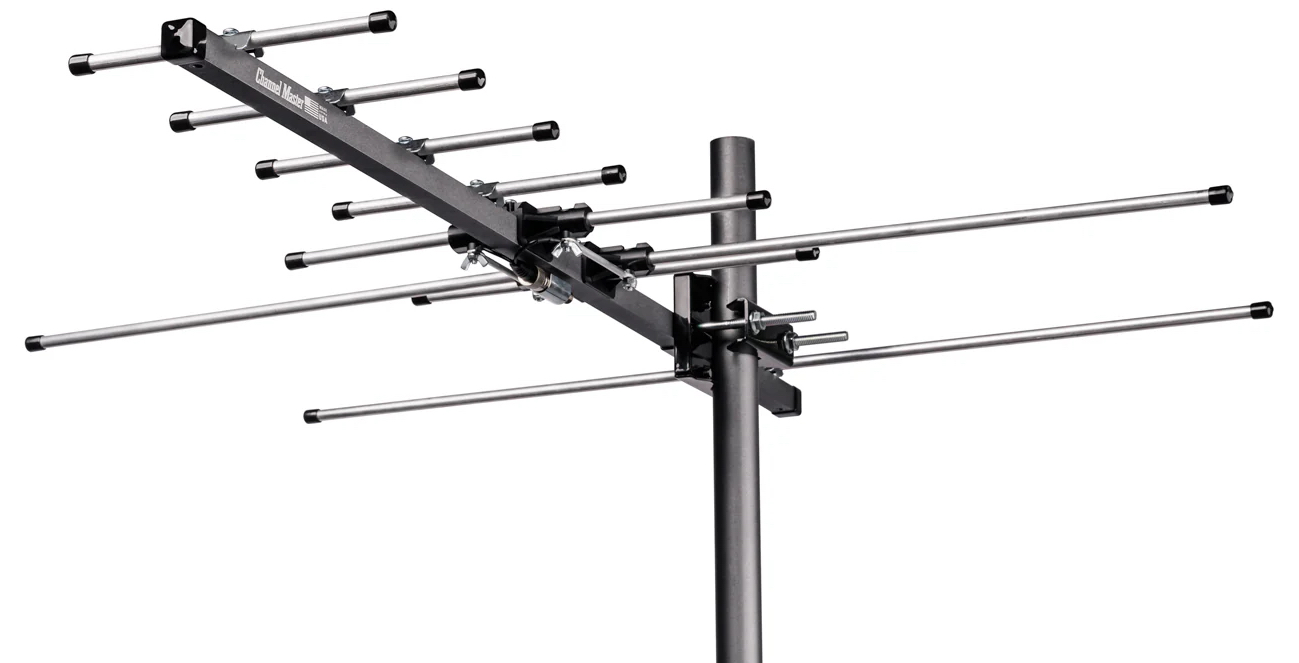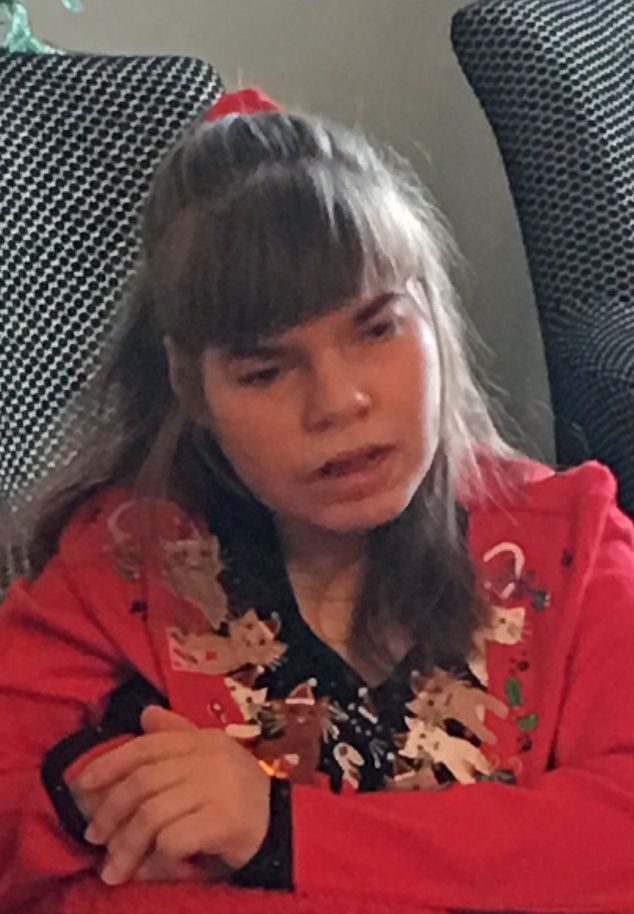Letter to the Editor: More mainstream TV shows funded by advertisers need to be accessible

It’s good to see the new multi-channel UHF TV antenna on the KHQA-TV tower and in operation.
KHQA, followed by WGEM, has moved from broadcasting on VHF channels 7 and 10 at 7,000 to 10,000 watts effective radiated power (ERP) to UHF channels 22 and 19 at about one million watts ERP, making a strong investment in the community’s over-the-air free commercial TV broadcasting. Both are now on the Cannonball Road KHQA tower that was put up when St. Louis was still in the American League (1953) with many recent structural improvements. WGEM is using a new Quincy-built Gates Air ULXTE-80 transmitter.
By scanning my TV’s antenna tuner, I picked up 25 programming contents over the air on channels 7, 10, 14, 16, 17 and 27 virtual and UHF channels 14, 17, 22, 19, 32 and 34 actual with standards 1080i (interlaced) for CBS and NBC, 720p (progressive) for ABC, FOX, PBS 27-1 and CW’s MeTV and 480i for all the rest (according to Wikipedia and Federal Communications Center database).
I did not even know there were Channels 14 and 17 in the community over-the-air until I recently re-scanned TVs to pick up KHQA’s new Channel 22 signal and NewsNet (Channel 25), which went off the air earlier this month.
It is my view at this point that the people who own and manage the television content produced and distributed in this country are in each other’s pockets to the point that some people are paying hundreds of dollars a month just to get most but never all the programming they wish to watch, much of it with advertising commercials. This content could be streaming or up-converted channels thru a fiber cable, coax cable or satellite receivers.
Sinclair, which owns KHQA, also runs the Bally and Marquee Sports networks that broadcast many Major League Baseball teams, including the Cardinals and Cubs. It also runs Dielectric, which built the new antenna and combining system for KHQA and WGEM to broadcast on. Both Bally and Marquee have developed a history of getting sideways with cable companies on how much money they want. Viewers get cut off from watching until the money gets settled.
As far as TV news and information, what we used to know as broadcasting has turned to what I call narrowcasting, where many people will spend hours a day watching a content provider that tells them what they want to see & hear. Now comes the news that WCBS-AM all news station in New York is shutting down its 24-hour hard news format to run ESPN.
Gone are the days when a 12-year-old kid could watch Major League Baseball every weekend, most every day in bigger cities as well as the playoff games if their parents can’t afford those monthly third-party expenditures. The same is true for basketball and now even NFL football. Maybe soon we won’t even be able to watch the World Series or Super Bowl if some have their way.
Yes, I can see soccer and some other sports needing to be in a pay-content service. You can’t insert commercials in a free TV broadcast when you only stop the clock for goals, injuries or fouls.
Many people can afford and want the content that only the streamers and cable/satellite providers can deliver. That is a good thing, but I would like to see more of the mainstream stuff, like more Cardinals and Cubs baseball, funded solely by advertisers to return to being accessible to anyone with a TV set and a small UHF antenna.
The technology that allowed TV stations to move from one programming content with analog television to multiple contents we have today per channel with Digital ATSC-1 came with a federal mandate with joint efforts of companies like Bell Labs and Harris/Gates Air right here in Quincy starting in 1996 with the development of what is now the products of Selenio Network Processing that allows multiple television contents on each channel.
Even more content delivery and features are being developed with ATSC-3 technology. While it can deliver 1080p with 2K four-million-pixel resolution, it also can offer many more two-million-pixel high-resolution 1080i, 720p and 480i standard resolution contents to the public on one channel if the smaller market station owners would choose to go in that direction.
Today only some TV sets come with ATSC-3 capacity, but it’s basically software, so the actual cost to include in current production units is minimal while the 8-million-pixel 4K TV sets look to be the standard offering of what is being sold in Quincy.
Starting in early 2024, Chicago viewers can now watch this “NextGen TV” ATSC-3 modulation standard content from CBS-owned WBBM-TV virtual channel 2 (actual channel 12) along with four other stations on this same channel broadcasting ATSC-3, With their ATSC-1 1080I signal moving to a WGN-TV Sub Channel. (See attached for all U.S. Markets running ATSC-3.)
Unlike the conversion from analog to Digital ATSC-1 that went on from 1998 to 2009, there is no federal mandate to direct TV manufactures and broadcasters to upgrade to ATSC-3 and no federally funded program to provide the public with free set-top box converters. It’s up in the air, so to speak, how this will all play out.
Back in the early ’70s, I earned money as a college student lugging around a black and white Vidicon vacuum tube TV Camera and a 1-inch Quad videotape machine that would do a next-day replay of local high school basketball and football games on a 12-channel TV/cable company. I used a Zoom lens that was bulky and expensive then and still is, but itS seldom used today for college and high school streaming productions.
Maybe local advertisers can get together with the local commercial stations in our community and find a way to start broadcasting high-quality local video sports content over the air with two or more cameras. Do it with local commercials for goods and services produced and distributed in the local area and not any sports gambling or video betting, please.
Also, look at partnering with the Quincy University media program to provide practical lab work for their students with hands-on training.
Covering the big games in community as big local TV events could get more people interested in going to more of the games in person at the various schools.
Local radio stations could even run the same audio with the same commercials for people who want to just listen to the game in their car or wood shop with little expense to the broadcaster. Development of a working model and public habits could restore radio-only broadcasts to complement the TV offerings.
Gone are the days when, in the early 1980s, I could tune in to WGEM-AM 1440 and listen to Ralph Oakley do play-by-play of QU soccer games home and away while I worked in my garage on a Sunday afternoon. For local football, basketball and maybe baseball, perhaps there is a chance to grow listeners.
Gray Media, which owns WGEM, has recently started in the Atlanta market its “Peachtree Sports Network” offering high school sports programming.
Seems like Quincy has the pieces and people to make this potentially work. Could we give it a try?
Don Carpenter
Quincy, Illinois
Miss Clipping Out Stories to Save for Later?
Click the Purchase Story button below to order a print of this story. We will print it for you on matte photo paper to keep forever.

